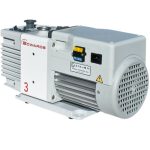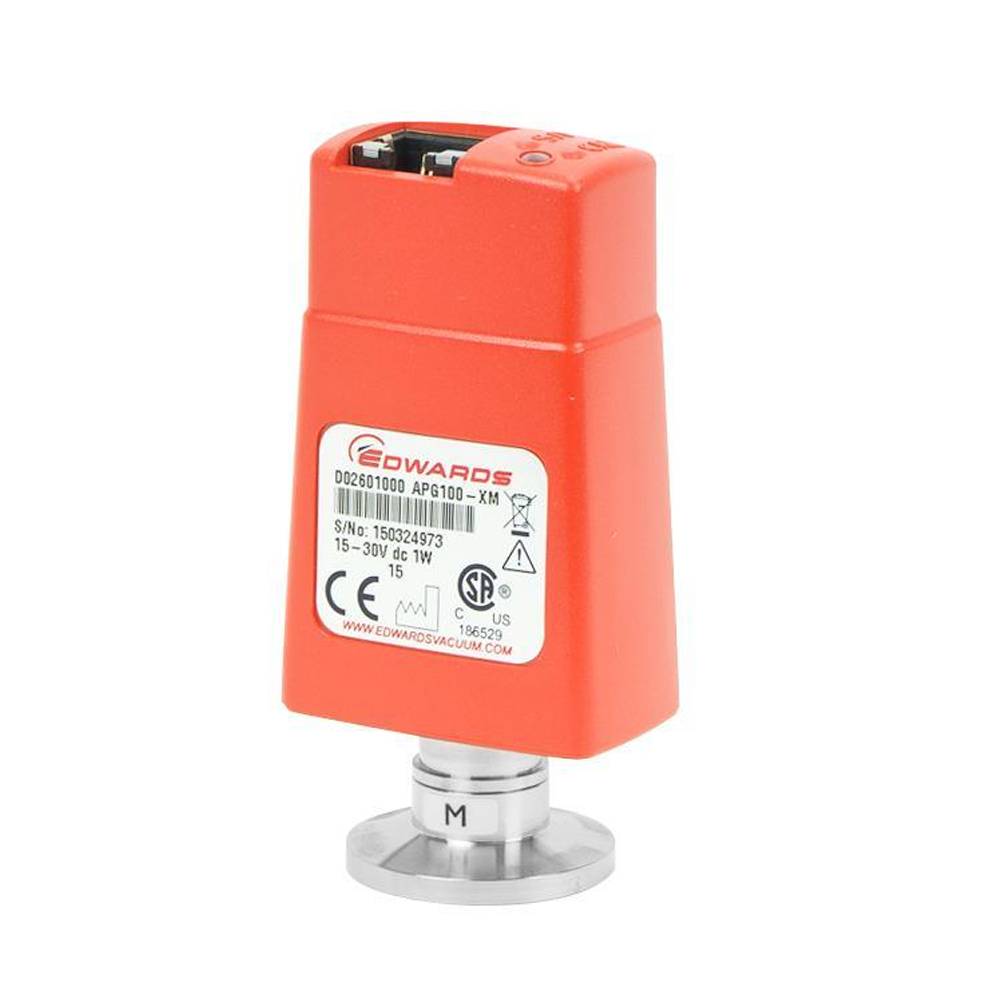
Cautions when Using Rotary Vane Vacuum Pumps
Rotary vane vacuum pump is mainly composed of pump body, rotor, rotary vane, end cover, spring and so on. A rotor is eccentrically installed in the cavity of the rotary vane pump, the outer circle of the rotor is tangent to the inner surface of the pump cavity (there is a small gap between the two), and two or three rotary vanes with springs are installed in the rotor groove. When the rotor rotates, the rotating blade can slide back and forth along its radial groove and always contact the inner wall of the pump casing. This rotating blade rotates with the rotor to divide the vacuum pump chamber into several variable volumes. Pay attention to the following when operating the rotary vane vacuum pump:
1. Before using the rotary vane vacuum pump, ensure that the pump is clean and prevent debris from entering the pump. Check the oil level, it is advisable to fill the oil to the center of the oil level when the pump is stopped. If it is too low, the exhaust valve cannot seal the oil and affect the vacuum. If it is too high, it will cause fuel injection when the air is turned on. The oil level rises during operation, which is normal. The oil shall be clean vacuum pump oil of specified grade and added from the oil filling hole. After refueling, the screw plug should be screwed on. The oil should be filtered to prevent foreign matter from entering and blocking the oil holes. Add oil to the vacuum pump oil according to the scale indicated in the oil standard.
2. When the ambient temperature is too high, the temperature of the oil will rise, the viscosity will decrease, and the saturated vapor pressure will increase, which will cause the ultimate vacuum to decrease, especially the total pressure measured with a thermocouple meter. Such as enhanced ventilation and heat dissipation, or improved pump oil performance, the ultimate vacuum can be improved.
3. The vacuum pump should not be used to remove gases with too high oxygen content, explosive and corrosive to metals. In addition, it is not suitable to inhale the gas that can react with the pump oil and the gas containing a large amount of water vapor, etc.
4. The pump can be started under the atmosphere or any vacuum degree at the same time. If the pump port is connected with a solenoid valve, it should be operated simultaneously with the pump.
5. Turn the impeller by hand to check the operation. After there is no abnormal situation, turn on the power and pay attention to the direction of rotation.
7. Pay attention to replenishing the pump oil. When it is found that the pump oil is mixed with sundries or water, replace the new oil and clean the pump body. Do not use volatile liquids such as ethyl acetate and acetone to clean the pump body.
8. If the relative humidity is high or the pumped gas contains more condensable steam, after connecting the pumped container, the gas ballast valve should be opened and closed after 20 to 40 minutes of movement. Before stopping the pump, open the gas ballast valve for 30 minutes without load to extend the life of the pump oil.






